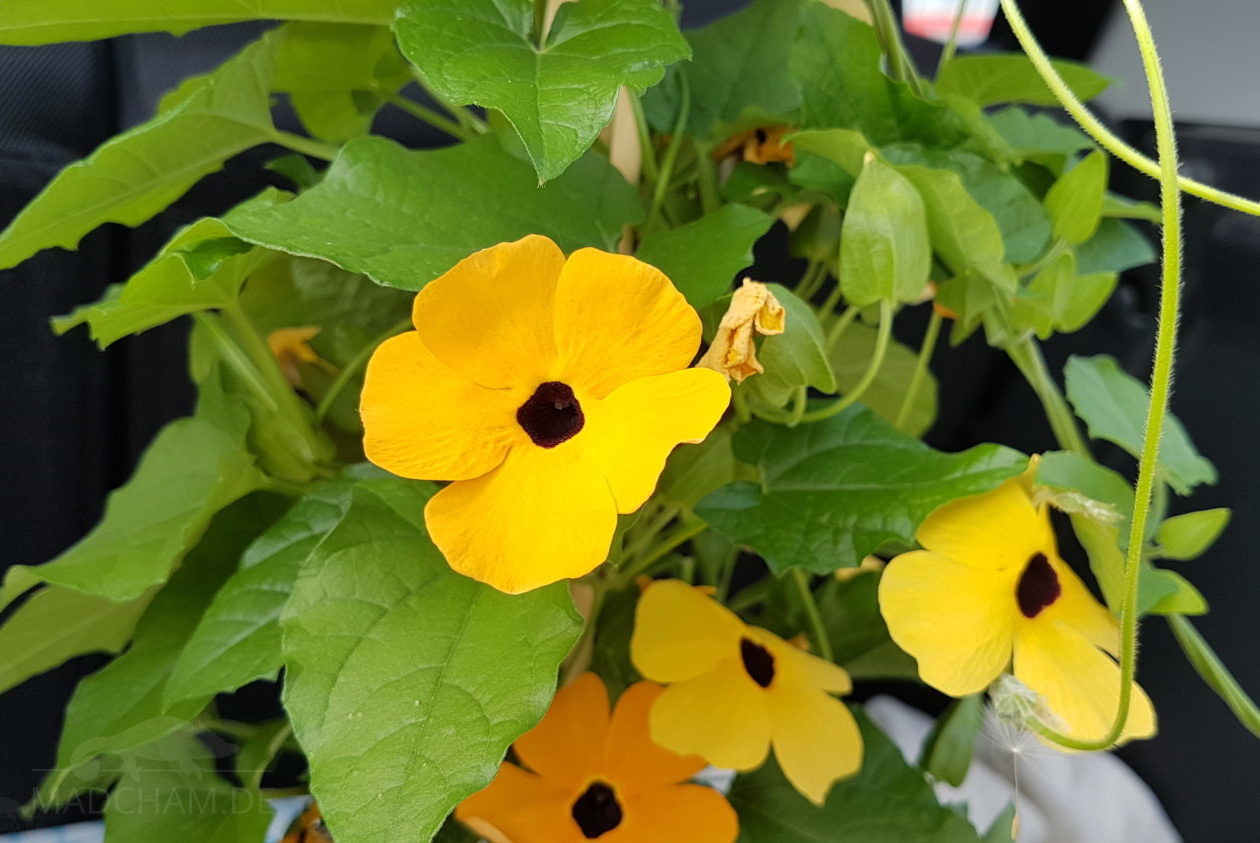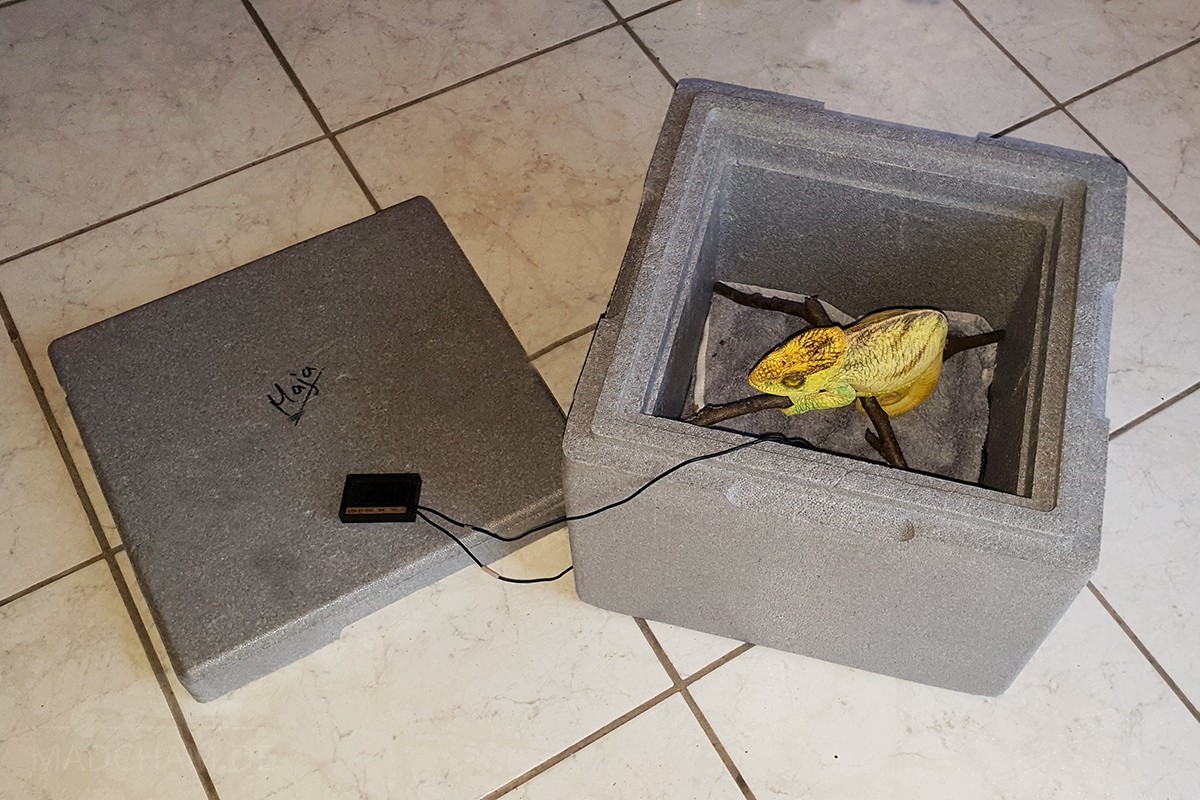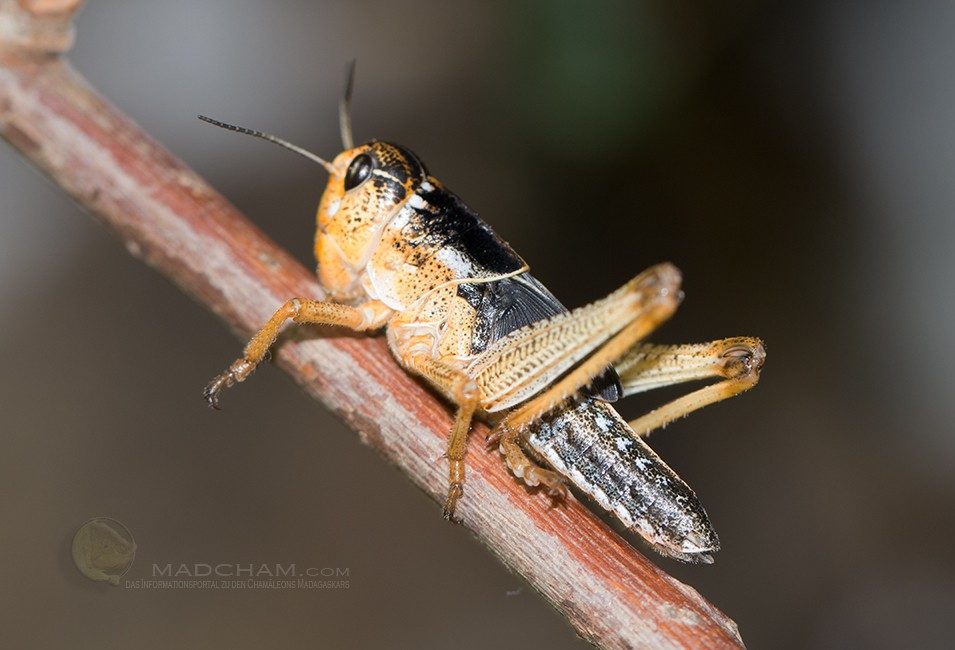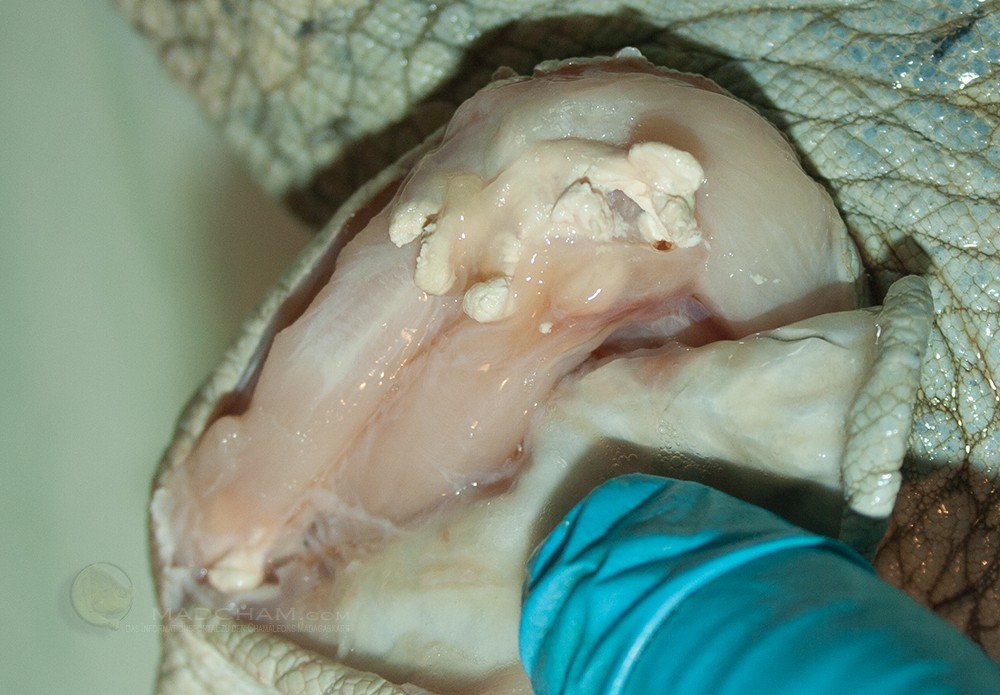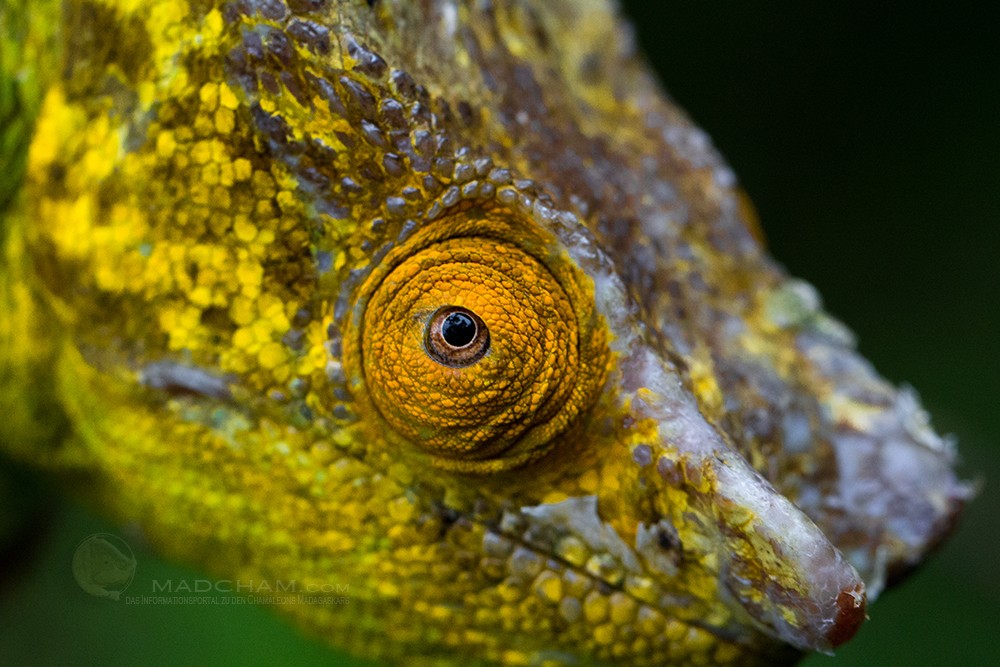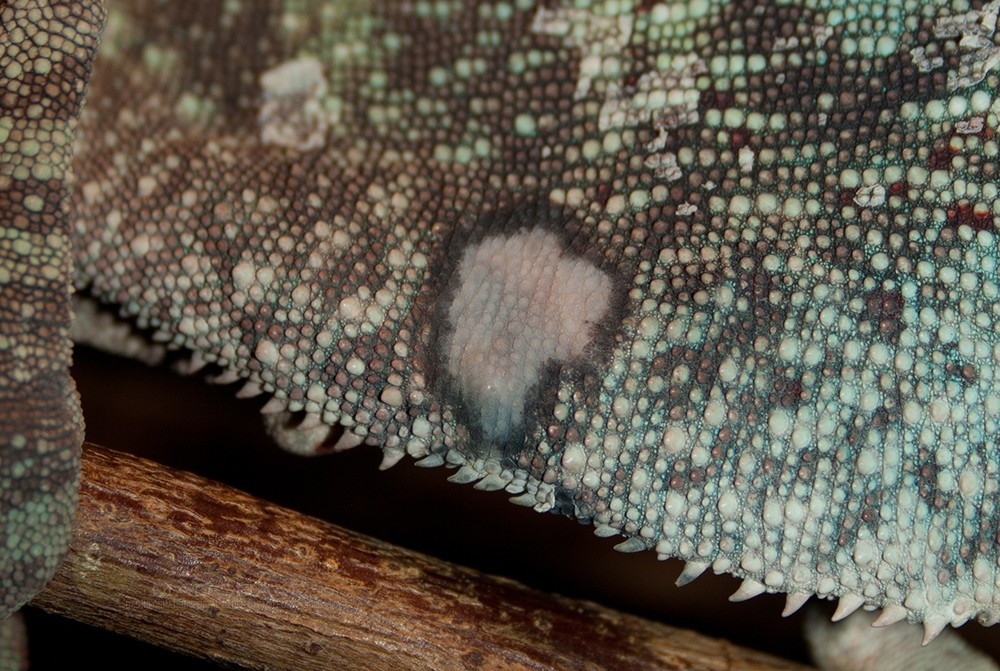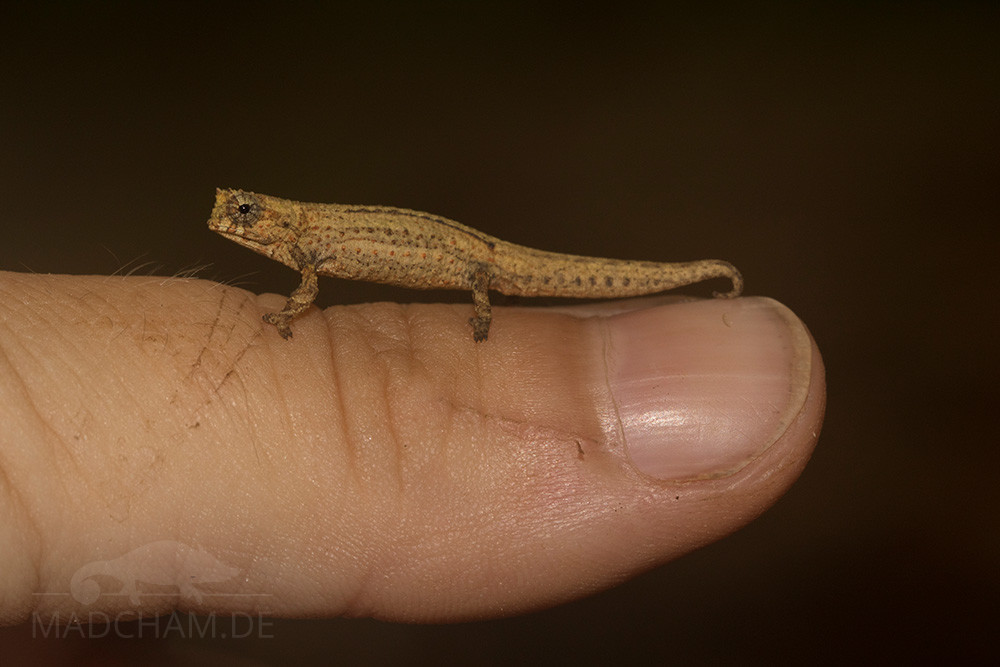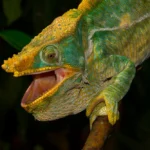Plants for the cage
Here we have compiled an alphabetic list of plants that are suitable for various chameleon terrariums. However, some of them contain potentially toxic substances, so these should not be used for those chameleons that...
Transporting a chameleon
From the breeder’s home, to the vet or when selling a young animal: At some point comes the time when you have to transport your chameleon. Like all reptiles, chameleons are ectothermic, so their...
Shedding
Shedding Chameleons grow for a lifetime. Since their skin cannot grow with them, they have to shed it from time to time. This process is called molting or shedding. The anatomical term is ecdysis,...
Feeders
Who wants to keep chameleons needs to cope with living feeder insects. Today, pet stores offer a wide variety of potential feeders. This page gives you an overview, tells you which feeders are appropriate...
Calumma globifer
First description: (Günther, 1879) Origin of the species name: The German zoologist Albert Carl Ludwig Gotthilf Günther, then director of the Zoological Department of the Natural History Museum of London (Great Britain), borrowed the...
Calumma marojezense
First description: (Brygoo, Blanc & Domergue, 1970) Origin of the species name: The zoologists Édouard-Raoul Brygoo, Charles Pierre Blanc and Charles Antoine Domergue of the Institut Pasteur in Antananarivo, Madagascar, named the species after...
Gout
What is gout? Gout is a not curable disease that makes degradation products of protein metabolism deposit inside the body. The disease typically shows attacks with painful joints. In most cases of diseased chameleons,...
The chameleon eye
The eyes are probably one of the most striking specializations of the chameleon. The chameleon basically has a lens eye like a human being. However, for the purpose of enlarging the field of vision,...
Burnings
How does burning occur? A burning is a damage of the skin through high heat exposure or short-waved UVB rays. Both damages skin tissue which leads to a locally limited inflammation. As long as...
Brookesia tuberculata
First description: Mocquard, 1894 Origin of the species name: The zoologist François Mocquard of the Natural History Museum in Paris (France) borrowed the species name from the Latin tubercula, which means “many bumps”. In...

